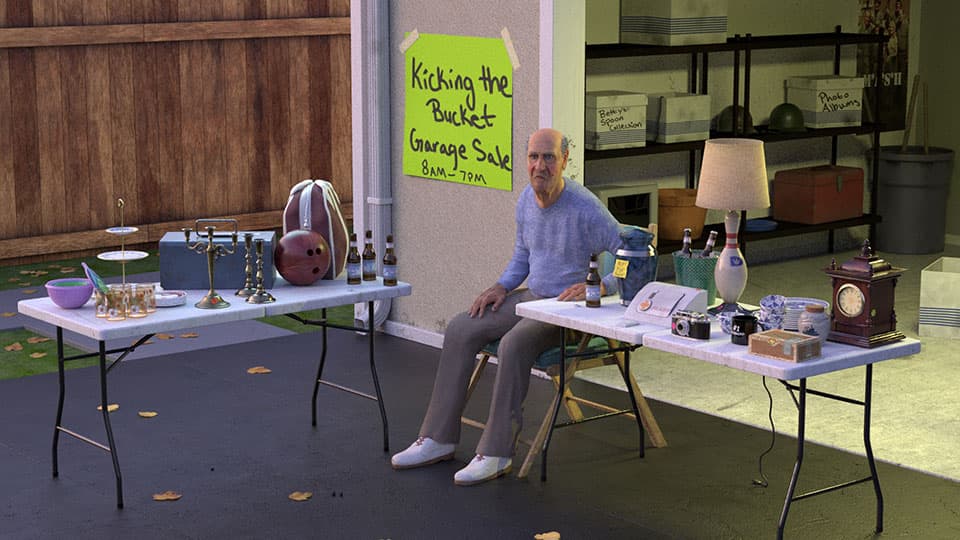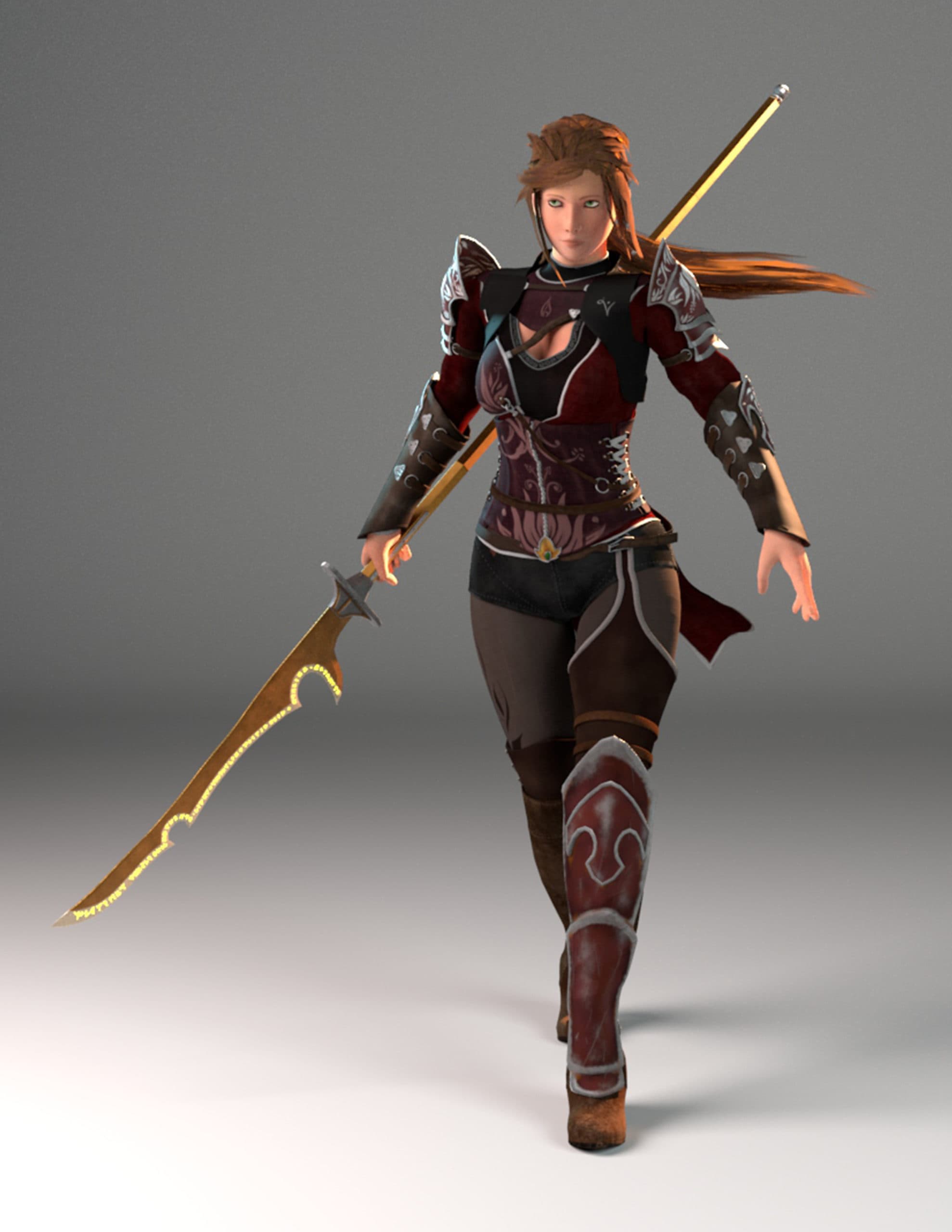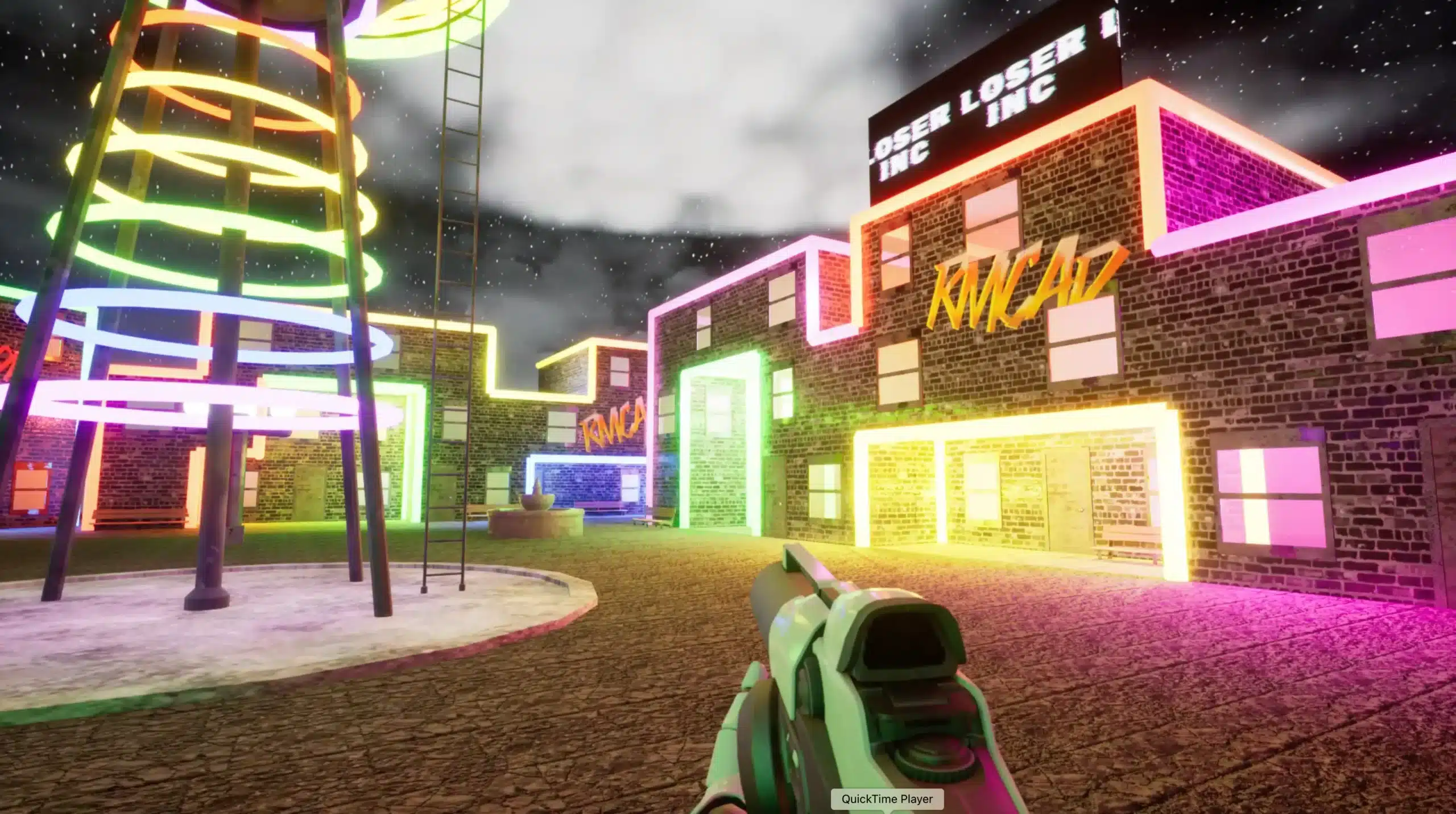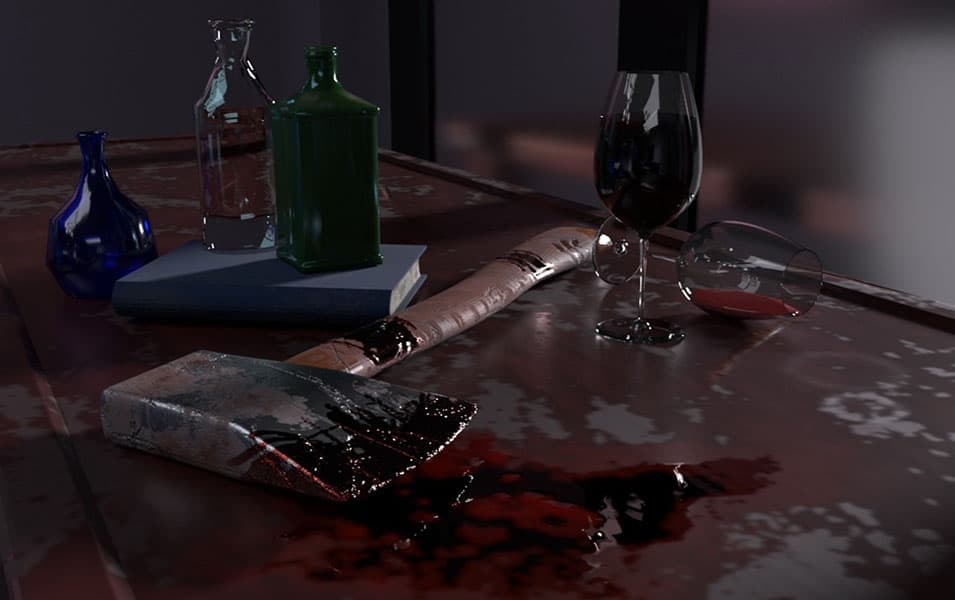Game Art Degree
Bachelor of Fine Arts
"*" indicates required fields
Game Art DEGREE PROGRAM OVERVIEW
As a student in the Game Art Degree Program, you’ll learn the fundamentals of taking concept art to production game ready assets, characters and worlds. You’ll work in an intimate environment of limited students for a more individualized experience in your bachelor’s degree in Game Art Program. You’ll also interact with students from different programs to acquire a broader perspective that fosters greater creativity.
Students graduate with a robust game art portfolio focused on a specialty in either environment or character art, preparing them to enter the industry.
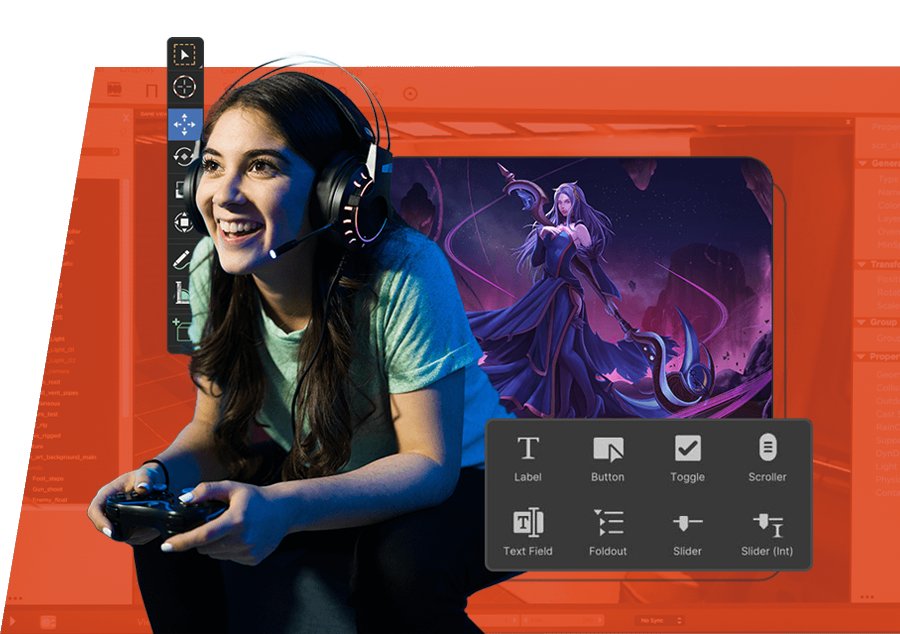
SKILLS YOU'LL LEARN

3D Modeling

Visual Storytelling

3D Environment Art

Lighting

Rigging

Texture Mapping

3D Character Art

Observational Drawing
STEPS TO ADMISSION

1
Complete your artist meeting with an admissions representative.

2
Submit an admissions application.

3
Create and submit your portfolio, to be considered for a scholarship.

4
Submit official high school and college transcripts (for transfer students).

5
Submit the current year’s FAFSA and other financial aid documentation.
ACCREDITATION



TUITION + FINANCIAL AID
At RMCAD, we understand that investing in a college education is a major decision and a major investment. That’s why we offer competitive, affordable tuition when compared to other art and design colleges. Students’ tuition rates are locked in at the time of their initial start date and will not increase as long as they remain enrolled in their program.

Game art DEGREE COURSE DETAILS
RMCAD’s game art degree curriculum is a merger of technical and artistic coursework that covers the computer, analytical, and technical skills necessary to understand the mechanics of game art – from 3D modeling, texturing, and rigging, to surfacing and lighting for real-time engines. This comprehensive approach to your game art degree will inform and inspire your work as a game artist!
* RMCAD offers classes year-round in both on-campus and online delivery formats. At RMCAD, we believe that online learning is an important part of the overall college learning experience. To provide students multiple scheduling options, diverse learning modalities, and experience in the virtual environment, all on-campus students are required to take part in some online education.
Game Art Courses (48 Credits)*
AG 1070
Digital Painting for Film + Games
(3 Credits)
AN 3D 1210
3D Computer Fundamentals
(3 Credits)
GA 2710
Strategy + Psychology in Games
(3 Credits)
GA 3120
3D Modeling
(3 Credits)
GA 3330
Character + Level Design
(3 Credits)
GA 3860
Digital Sculpting
(3 Credits)
* This section does not include the full list of courses for this program.
Liberal Arts Courses (45 Credits)*
AH 1110
Art Historical Methods + Theories
(3 Credits)
EN 1110
Composition I
(3 Credits)
CCT 2000
Introduction to Speech Communication
(3 Credits)
NS 2030
Biology
(3 Credits)
The Liberal Arts curriculum is an exciting part of every student’s academic and creative journey at RMCAD. These courses provide the opportunity for students to engage with complex questions and ideas to develop critical thinking skills, a global consciousness, and awareness of art historical foundations that are essential for their intellectual, creative, and personal growth.
* This section does not include the full list of courses for this program.
Foundations Courses (24 Credits)*
FD 1020
2D Design: Elements + Principles
(3 Credits)
FD 1120
Topics in Color
(3 Credits)
FD 1370
Life Drawing I
(3 Credits)
FD 2200
Time-based Media
(3 Credits)
Foundation Studies educates students in the development of creative studio practice by fostering individualized and collaborative learning that emphasizes cultural engagement, process, critical thinking, and visual literacy.
* This section does not include the full list of courses for this program.
Studio Electives (6 Credits)*
AG 3840
Experimental Animation
(3 Credits)
AN 2335
Worldbuilding
(3 Credits)
GA 4110
Game Animation + Motion Capture
(3 Credits)
GA 4350
Character Rigging
(3 Credits)
* This section does not include the full list of courses for this program.
TECH + TOOLS
A game artist’s tools are an imagination and a good grasp of computer technology. You’ll spend a lot of your time working on a laptop or in front of a desktop; a tablet and stylus will become a part of your routine.
To ensure our students have what they need to be successful, we also offer:
- Small class sizes for more individualized support
- An enthralling speaker-series featuring game art professionals
- The opportunity to apply for a Spivak Student Studio space
All game art degree students also receive software licensing, a LinkedIn Learning subscription, LMS access, electronic library resources, cybersecurity, mental health counseling, and tutoring services through semester fees.

Game Art Stories
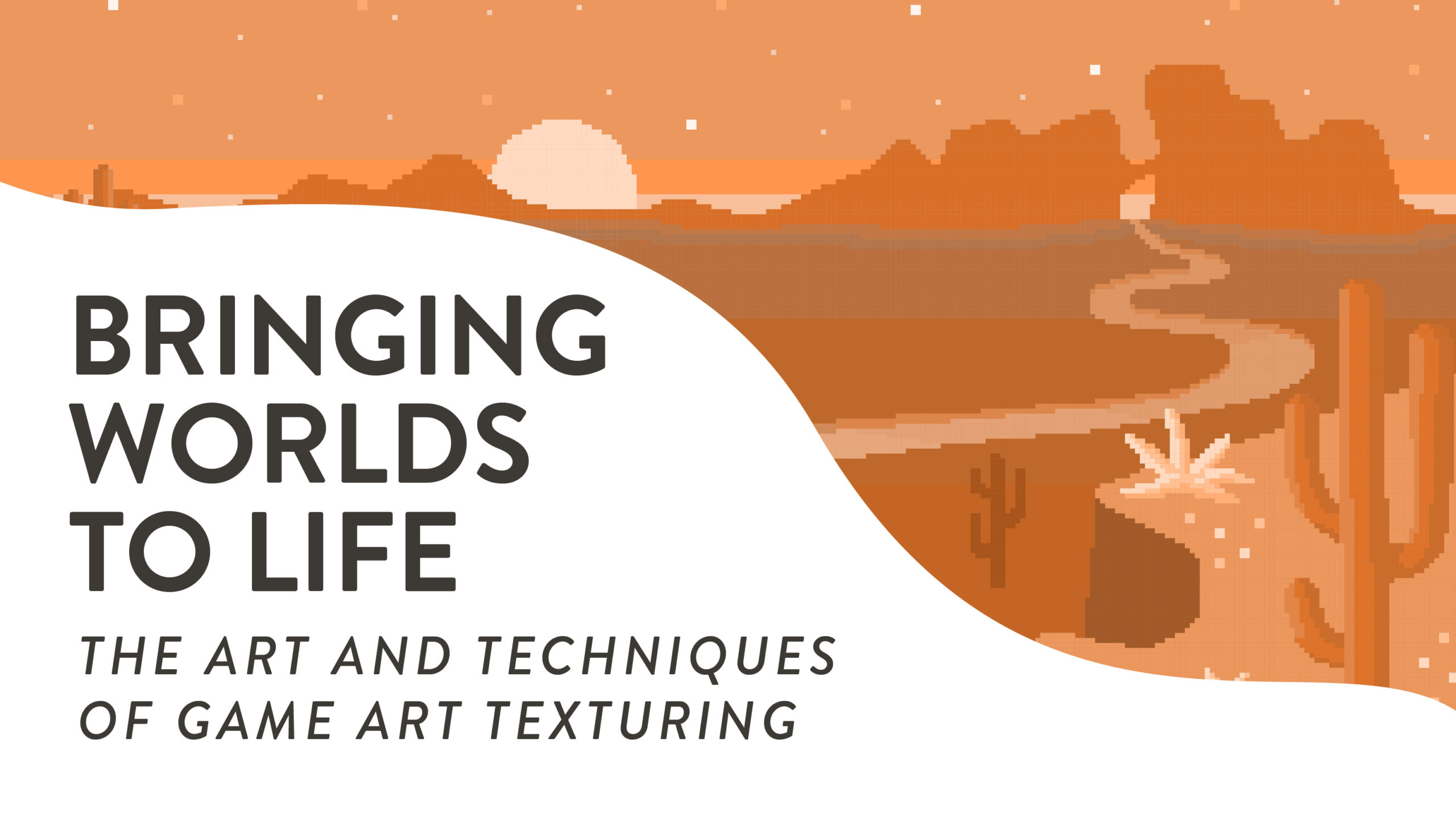
Bringing Worlds To Life: The Art and Techniques of Game Art Texturing
An extremely large facet of game art is one that is often overlooked. Game art texturing holds a crucial role within the art discipline, and has the ability to impact not only the performance of

Accessibility in Video Games: Applying Universal Design Principles
Accessibility is a growing priority in the artistic community. Across mediums, artists share a desire to open powerful experiences to a wider audience. This means building accessibility into the creative process, but without compromising the
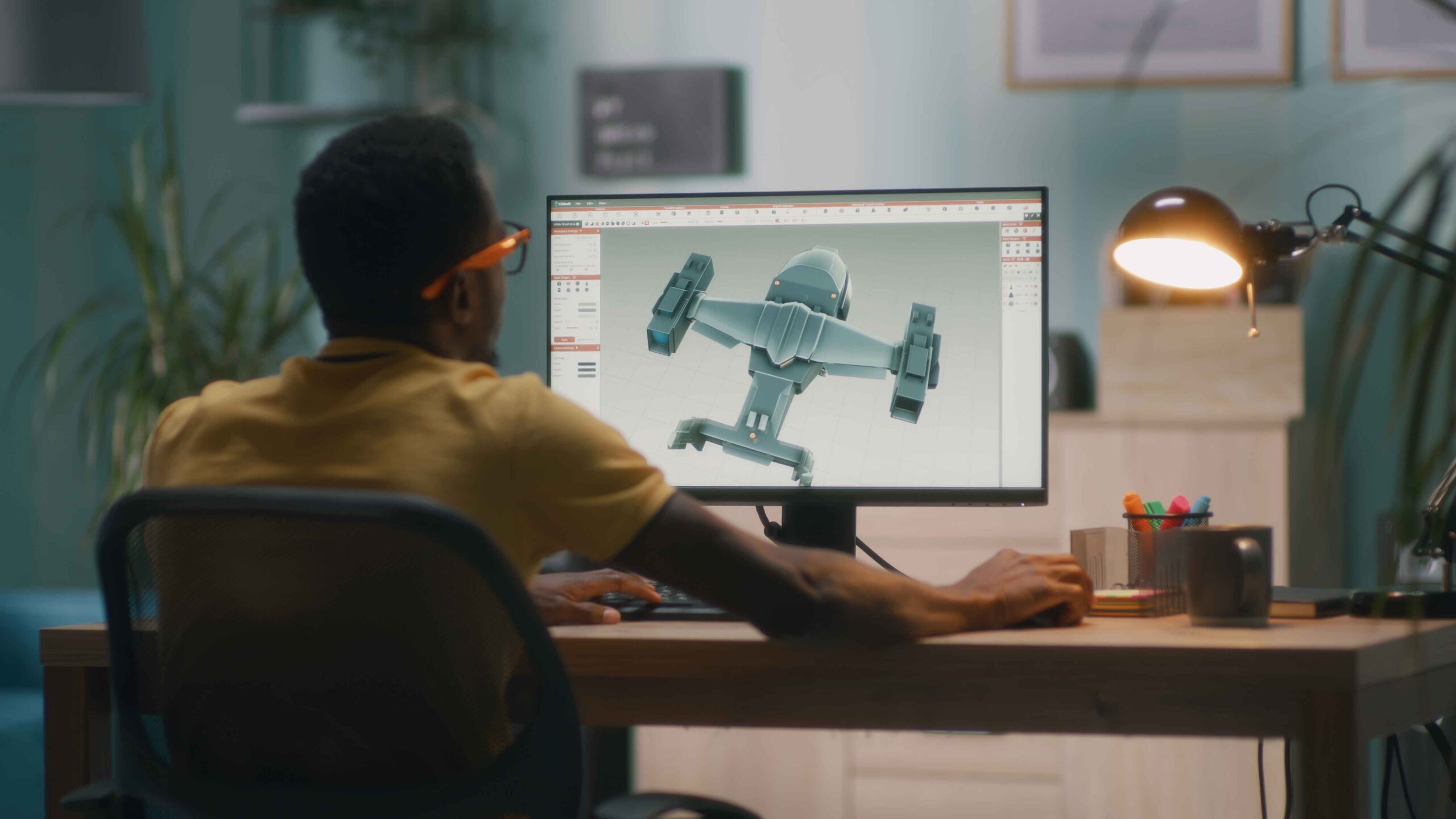
Freelancing in Game Art: Building a Successful Independent Career
Game artists play a pivotal part in bringing video games to life, handling key tasks such as character design, lighting, environment design, and animation. Like many roles in the gaming industry, however, the work of
GAME ART CAREERS
RMCAD Game Art graduates have taken on the world of art and design, and have pursued careers across several disciplines.
Props Artist
A props artist uses digital content creation software to digitally create and texture three dimensional assets of props, pickups, vehicles and other assets, often working from concept art or reference. They may work in a wide variety of industries, such as software, film, gaming, architecture, manufacturing, or advertising agencies.
Lighting Artist
A lighting artist brings the finishing touches to a game world by creating mood and tone through color, value, and composition. Lighting artists work closely with art directors and designers to use lighting to guide the player or viewer through a scene, emphasizing the important key elements. Lighting is a vital part of the production process and tends to require a more technical understanding of the renderer or engine, and the balance between art and technology.
Environment Artist
An environment artist 3D models and textures the worlds in a game or film. Environments can set the tone from fantasy to horror, or science fiction, and an environment artist uses digital content creation software combined with their art foundations to create those worlds. An environment artist must understand the technical side of renderer.
Texture Artist
As productions become more complex, studios have specialized texture and material artists to create surfaces for the rich worlds in their productions, along with props and characters.
FREQUENTLY ASKED QUESTIONS
What is the focus of the Game Art Degree Program at RMCAD?
The program focuses on developing skills in 3D modeling, character modeling, environment modeling, and visual storytelling for the gaming industry and ancillary industries.
What career opportunities are available for game art graduates?
Graduates will acquire the knowledge and skills to start careers as game artists, props artists, character modelers, lighting artists, and environment artists in the gaming or film industry.
What are the key components of the Game Art Program?
Key components include courses in 3D modeling, texture mapping, lighting, character rigging, and observational drawing.
What skills will students learn in the Game Art Program?
Students will learn 3D modeling, character design, environment creation, and visual storytelling.
How does RMCAD support game art students?
RMCAD offers small class sizes, industry-experienced faculty, well equipped facilities, and opportunities to showcase student work.
What are the admission requirements for the Game Art Degree Program?
Applicants need a high school diploma or equivalent and completion of the college’s application process. To be considered for a scholarship, students will also need to create and submit a portfolio of artwork.
What kind of portfolio should students submit for the Game Art Program application?
A portfolio showcasing your best work, including examples of 3D models, character designs, animation projects, and examples of your current traditional skills.
Are there any collaborative projects in the Game Art program?
Yes, students collaborate with peers from different programs to gain a broader perspective and foster greater creativity.
What software and tools are used in the Game Art Program?
Students use industry-standard software such as Autodesk Maya, Adobe Creative Suite, Maxon Zbrush, Substance Suite, and other 3D modeling tools. For more information on program materials, visit here.
Can students visit the campus to learn more about the Game Art Program?
Yes, prospective students can schedule campus tours or attend info sessions to learn more about RMCAD and the game art program.
What are the Liberal Arts requirements in the Game Art Program?
The curriculum includes courses that develop critical thinking, global consciousness, and information literacy.
What are the Foundations requirements in the Game Art Program?
Foundation courses enable students to refine essential skills, get comfortable with the tools they’ll use throughout their program, and study relevant basics— including composition and color theory. These courses facilitate ideation and collaboration.
What kind of student work is produced in the Game Art Program?
Students create 3D models, 3D characters, and interactive environments for video games.
What is the importance of visual storytelling in the Game Art Program?
Visual storytelling is crucial for creating compelling narratives and immersive gaming experiences.
Are there opportunities for students to showcase their work?
Yes, students can participate in exhibitions and events to display their artwork and gain exposure.
What makes RMCAD's Game Art Program unique?
The program’s unique blend of technical and artistic coursework, individualized support, and focus on professional development sets it apart.
What is the difference between game art and game design?
The primary difference between game art and game design is aesthetic vs mechanic. To learn more, check out this blog – What’s the Difference Between Game Art vs. Game Design. At RMCAD, our campus and online Game Art Programs focus on game art and not game design.
